India, the world’s largest democracy, prides itself on its constitutional commitment to freedom of expression. Article 19(1)(a) of the Indian Constitution guarantees all citizens the fundamental right to freedom of speech and expression, a cornerstone of democratic society. This is something that, apparently, our Prime Minister agrees with as well.
Constructive criticism is the cornerstone of a democracy & it must be encouraged. Express freely.
– Narendra Modi, Prime Minister of India, May 30, 2015
As the above comment appears on a digital platform, it is proof that this right also extends to the digital realm, where it has fostered a vibrant ecosystem of online discourse, including critical commentary on architecture, urbanism, and environmental issues.
Digital media has played a crucial role in shaping architectural discourse. Unlike print media, which has limited reach and accessibility, digital media has reached all sections of society, empowering a critical dialogue and debate on issues concerning them.
However, the “secret” new draft of the proposed Broadcasting Services (Regulation) Bill, 2023, by the Ministry of Information and Broadcasting (MIB), threatens to undermine these freedoms, potentially stifling the diverse voices that contribute to India’s digital dialogue.
While the deliberate gatekeeping of the bill to decide the stakeholders is a problem in itself, another issue lies in the ambiguous definition of terms like “Digital News Broadcaster,” “Professional,” “Systematic Activity,” and others, implying that not only the content creators but also the content consumers fall under the preview. The scope of the bill expands to streamers who use platforms like Instagram, YouTube, and Twitch, (probably TikTok too), extending to people who share, reshare, and comment on any posts on any social media channels, including WhatsApp, as was reported by the Hindustan Times.
“After potentially including everyone as a ‘Digital News Broadcaster,’ the bill gives the govt the right to inspect without any prior notice and seize your digital belongings with no questions asked.” – Nayini Anurag Reddy
Speaking with the Red Mike, Nikhil Pahwa, Founder of MediaNama, shared, “For long, government has been feeling that the internet is an unregulated space. Even the Prime Minister Modi has over 100 million followers. His account too will come under this bill. Will he also register with the Government?”
While not specifically targeting architectural media, this bill could have far-reaching consequences for all forms of digital publishing, including those focused on the built environment and urban development. With this context in mind, it is not hard to imagine that the young architects who have ventured into the space of digital content creation, may end up calling quits if the bill is passed.
The Draft Bill and Its Implications on Architectural and Urbanism Discourse
While architecture and urbanism may not be the primary targets of this legislation, the overall effect could be a significant reduction in the depth, breadth, and critical nature of digital discourse on these topics in India. This is particularly concerning given the already limited platforms for architectural critique worldwide.
The bill could further constrain the ability of digital media to serve as a watchdog and foster public dialogue on important issues related to the built environment and urban development in India. This potential silencing of diverse voices and critical perspectives is at odds with the principles of a robust democracy, where open debate and scrutiny of public projects and policies are essential.
The draft Broadcasting Bill, if enacted, would introduce several measures that could significantly impact digital content creators and online media platforms:
- Registration Requirements: Digital publishers may be required to register with the government, creating additional bureaucratic hurdles for small, independent architectural publications and even individual bloggers.
- Content Regulation: The bill appears to grant the government greater control over online narratives, potentially limiting critical discourse on urban planning decisions, architectural practices, and environmental issues related to construction and development.
- Increased Scrutiny: Digital publishers may face heightened scrutiny, potentially leading to self-censorship on controversial topics related to architecture and urbanism, such as critiques of government-led urban development projects. Alarmingly, the bill also authorises government officials to conduct unannounced inspections of broadcasting premises and immediately seize equipment if, in their assessment, the broadcaster violates provisions of this act.
- Compliance Costs: New regulatory requirements could increase operational costs for digital publishers, making it more challenging for smaller, specialized architectural media outlets to remain viable.
- Chilling Effect on Critique: The threat of potential government action might discourage publishers from engaging in critical analysis of architectural projects, urban policies, or the environmental impacts of development.
- Reduced Diversity of Voices: If the bill makes it more difficult for independent digital publishers to operate, it could lead to a reduction in the variety of perspectives on architecture and urbanism available online.
- Potential for Arbitrary Enforcement: The bill’s vague language could allow for selective enforcement, potentially targeting publications that are more critical of government-backed architectural or urban development initiatives.
Freedom to Critique?
Criticism plays a pertinent role in shaping and improving the built environment we inhabit. We foster innovation by challenging architects and urban planners to refine their ideas and strive for excellence. Critical discourse, when in the public domain, increases public awareness of urban development, enabling citizen participation, and ensuring inclusiveness. It helps address important social and environmental issues in design and constructively engage those responsible for public affairs. By potentially restricting these critical voices, the Broadcasting Bill risks stifling innovation, limiting public participation and hindering the overall improvement of India’s built environments and cities.
This is India’s urban century, as the urban population is projected to exceed the rural population for the first time in the country’s history. But the same unsustainable urbanisation paradigms will not work for India’s future, even if they worked for the West.
-Prem Chandavarkar (CnT Architects)
For this, we need open discussions on possible futures, free from politics or vested interests and willing to explore necessary options even if disruptive or inconvenient, to established perceptions. This is unlikely to happen under this proposed legislation with the scope so broad.
The bill will have damaging repercussions far beyond what we call the ‘news industry.’ It will be deleterious to the professions of architecture, urban design, and urban planning, and to the future of the physical fabric of the country.
As India continues to navigate the complexities of the digital age, it is crucial that any regulatory measure strikes a balance between addressing legitimate concerns and preserving the fundamental right to freedom of expression. The proposed Broadcasting Bill, in its current form, risks tipping this balance too far in favour of control at the expense of free speech.
For those in the fields of architecture, urbanism, and environmental studies, as well as for all citizens who value the free exchange of ideas, it is important to engage in this debate. Advocating for amendments that protect the diversity and vibrancy of India’s digital discourse while addressing genuine regulatory needs could help safeguard the critical role that online media plays in shaping the future of the physical and cultural fabric of the country.

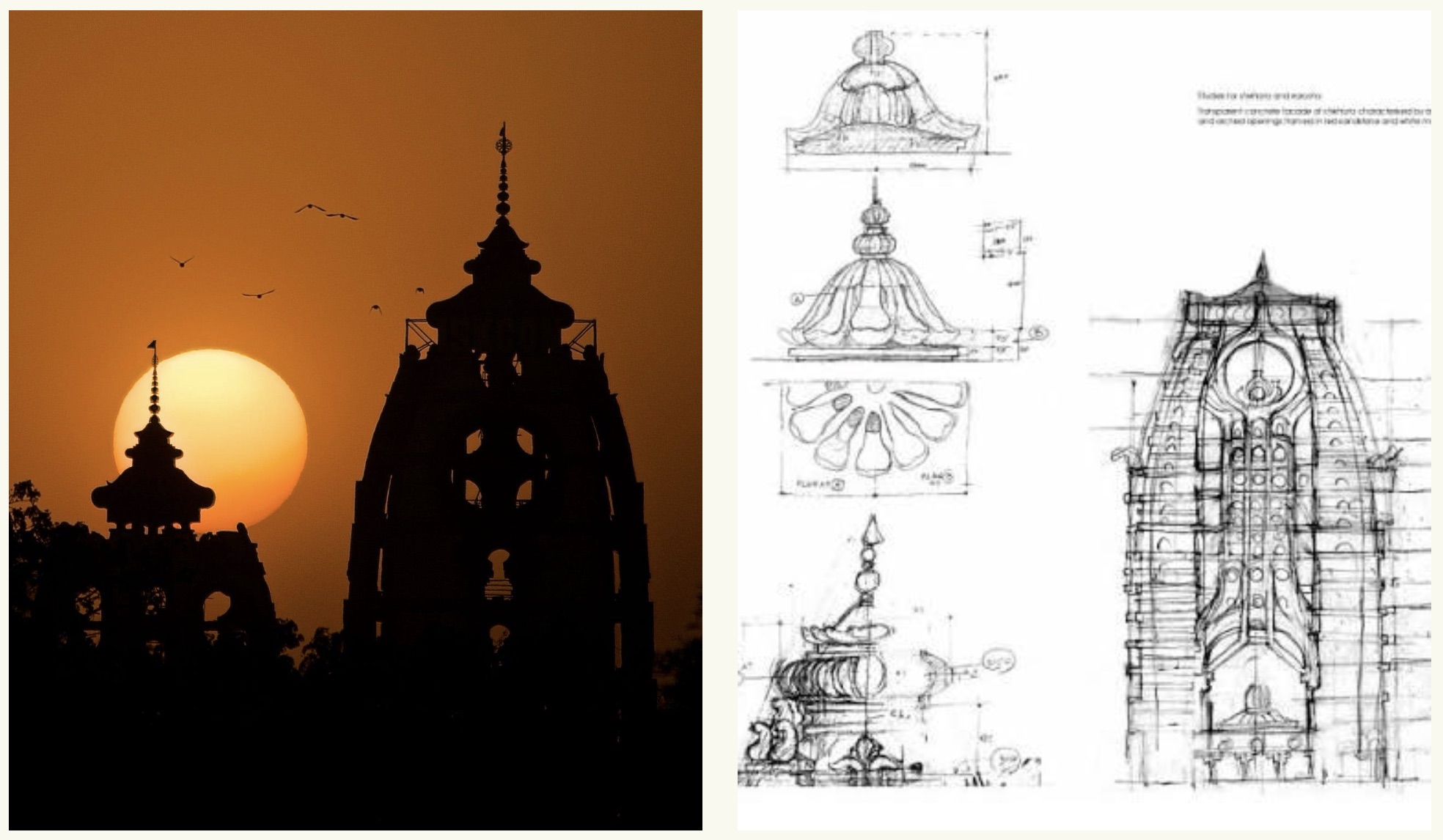
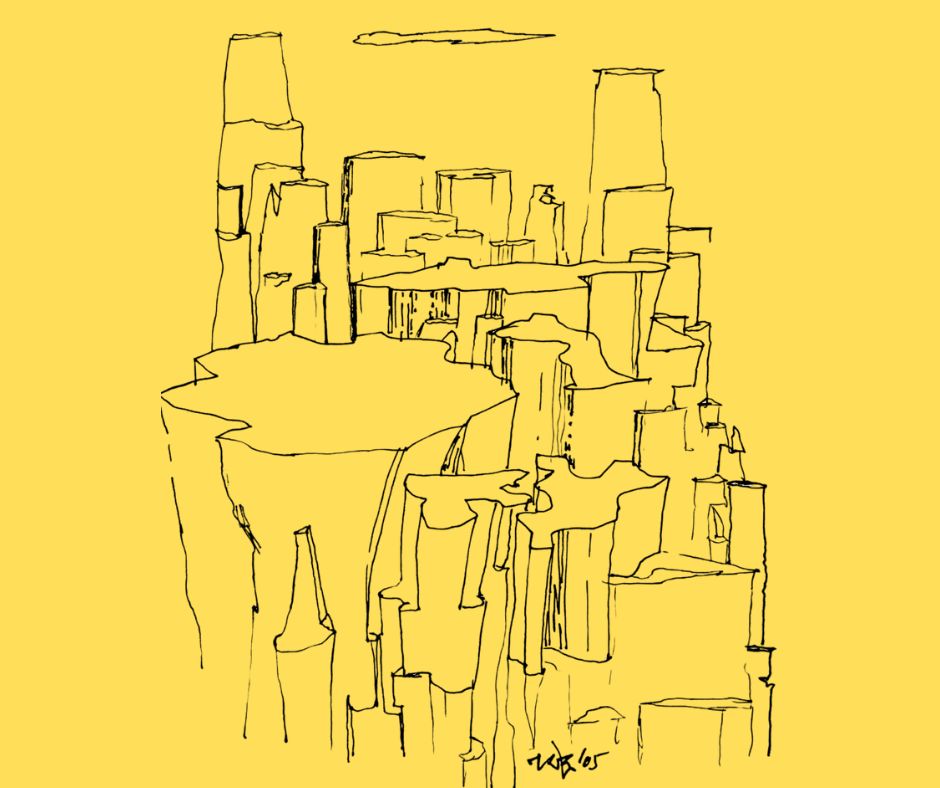
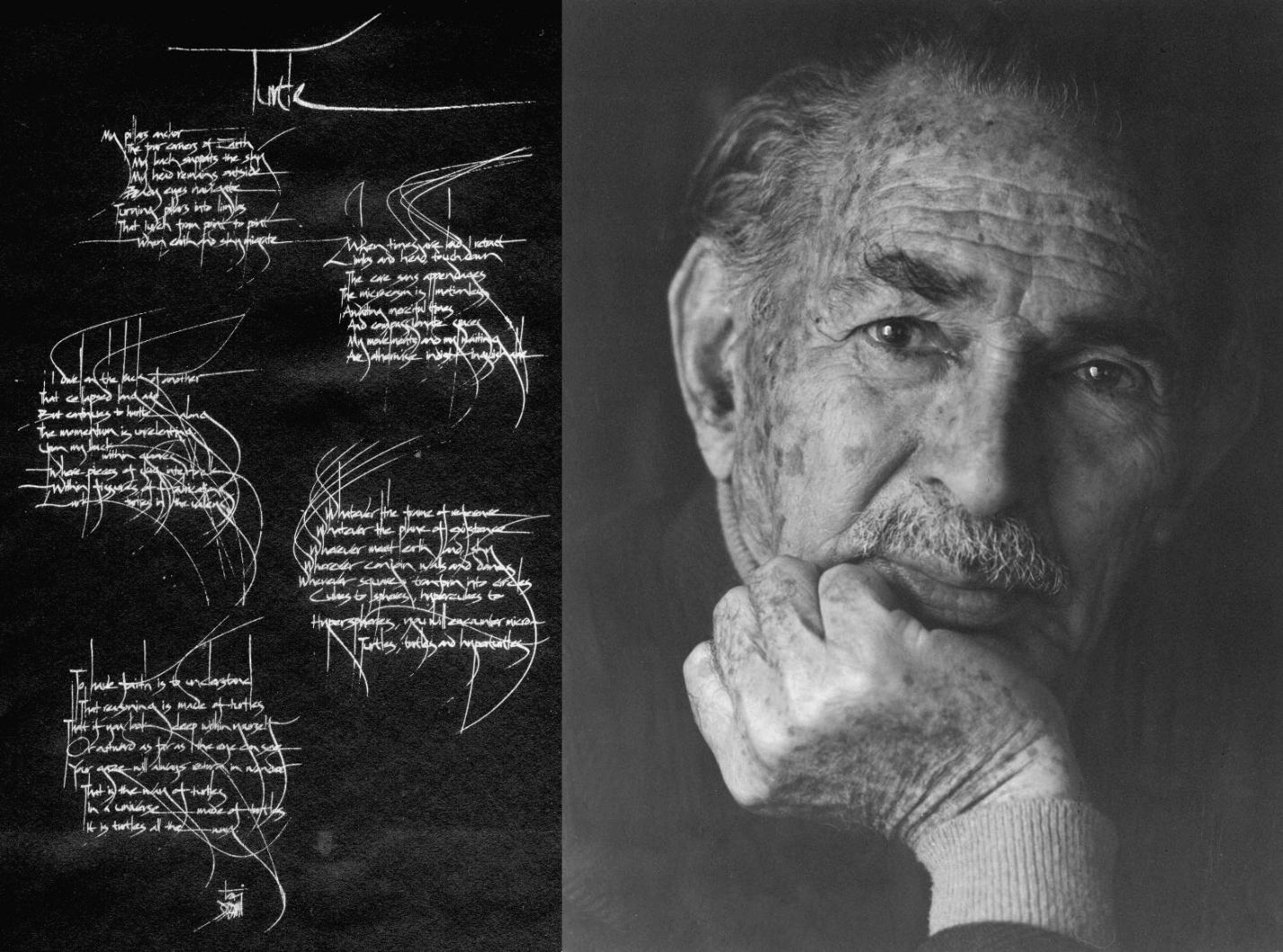
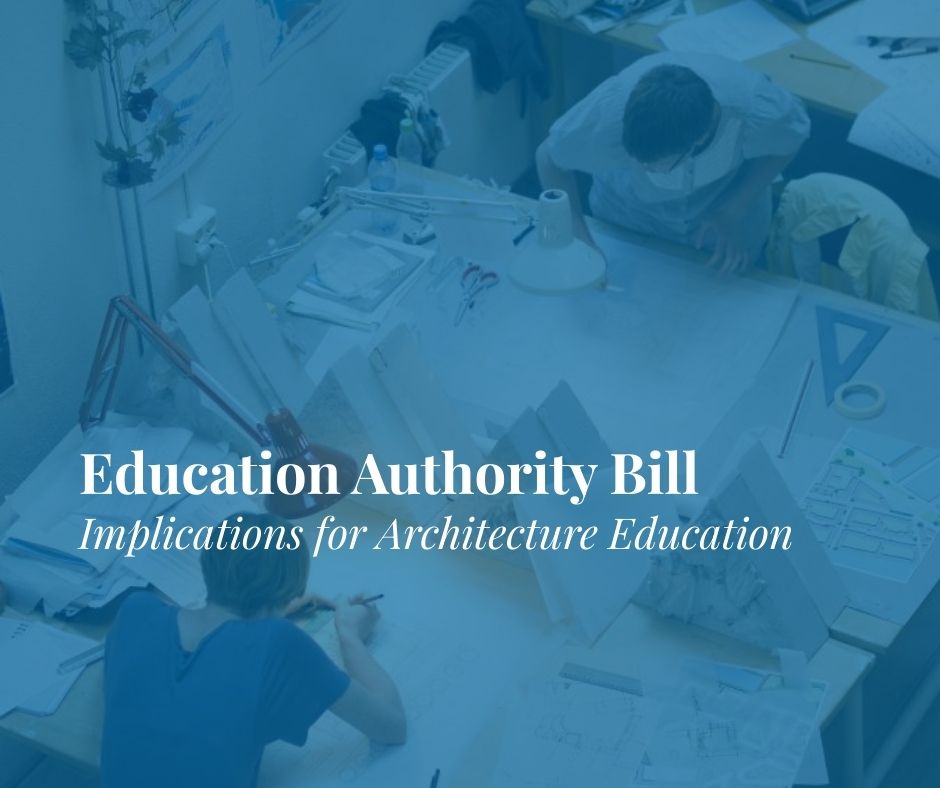
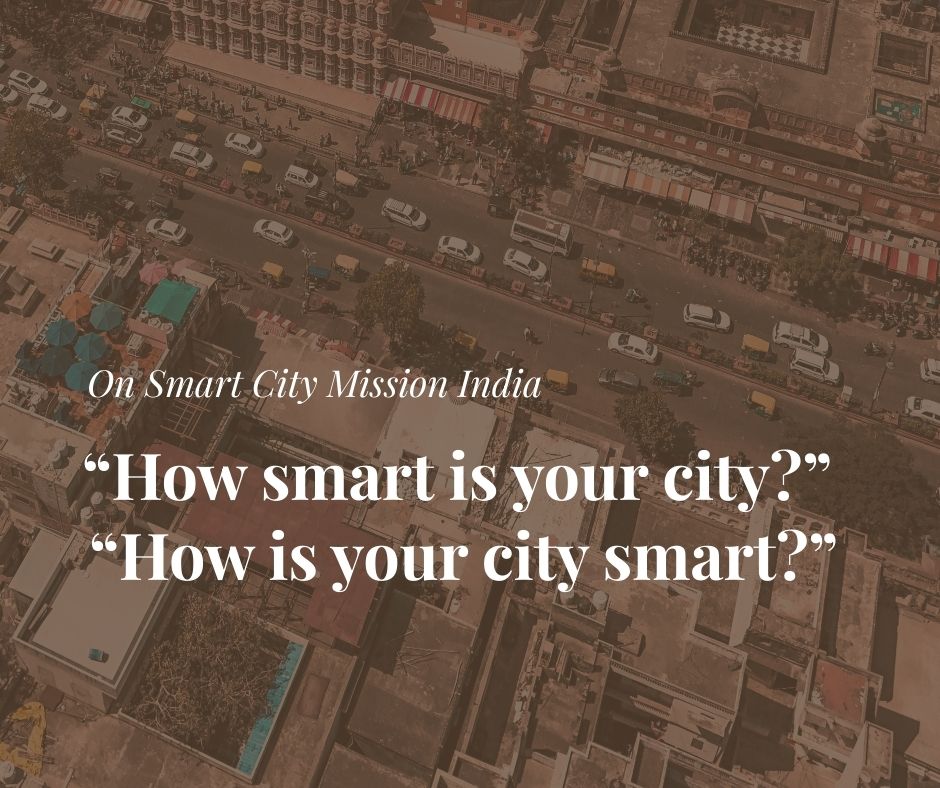


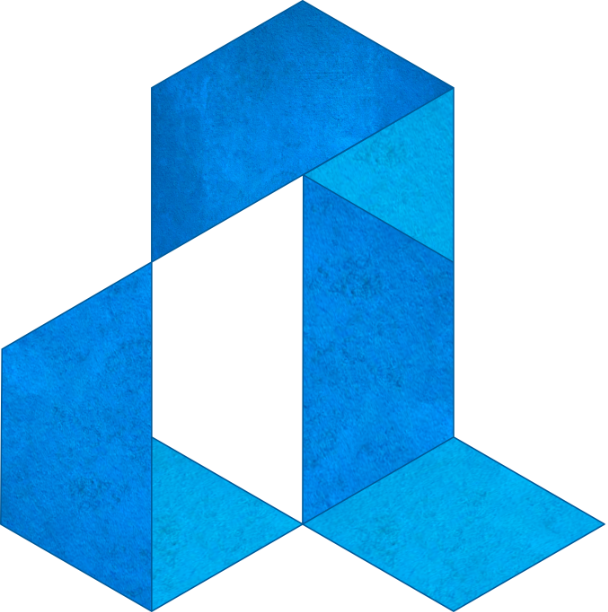
One Response
आप बेवजह चिंता कर रहे हैं.
Implementation में तरह-तरह के झमेले होने वाले हैं.
Architects Act 1972 को ही अभी तक implement नहीं करा सके पिछले 50 साल में.
आप खुल कर लिखिए.
Harrassment तो एक sanitary inspector भी कर सकता है कि आप के प्रवेश द्वार पर जो कचरा पड़ा है वह आप ने डाला है.
कलम के सिपाही तलवारों से नहीं डरते.
Ashok Goel
Architect
Delhi 110007